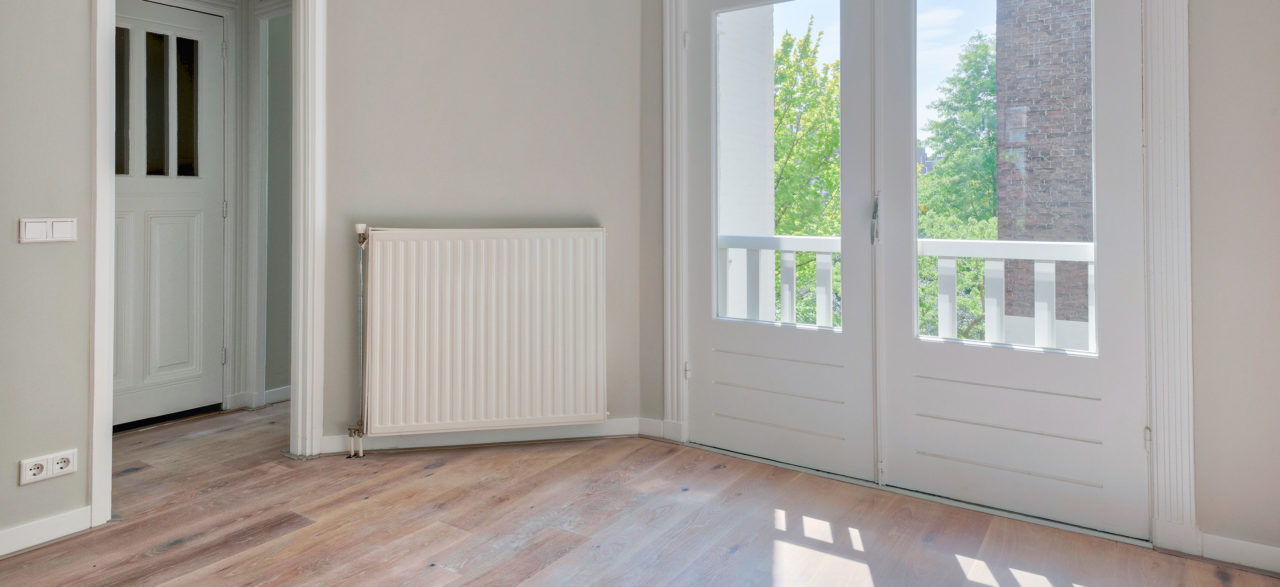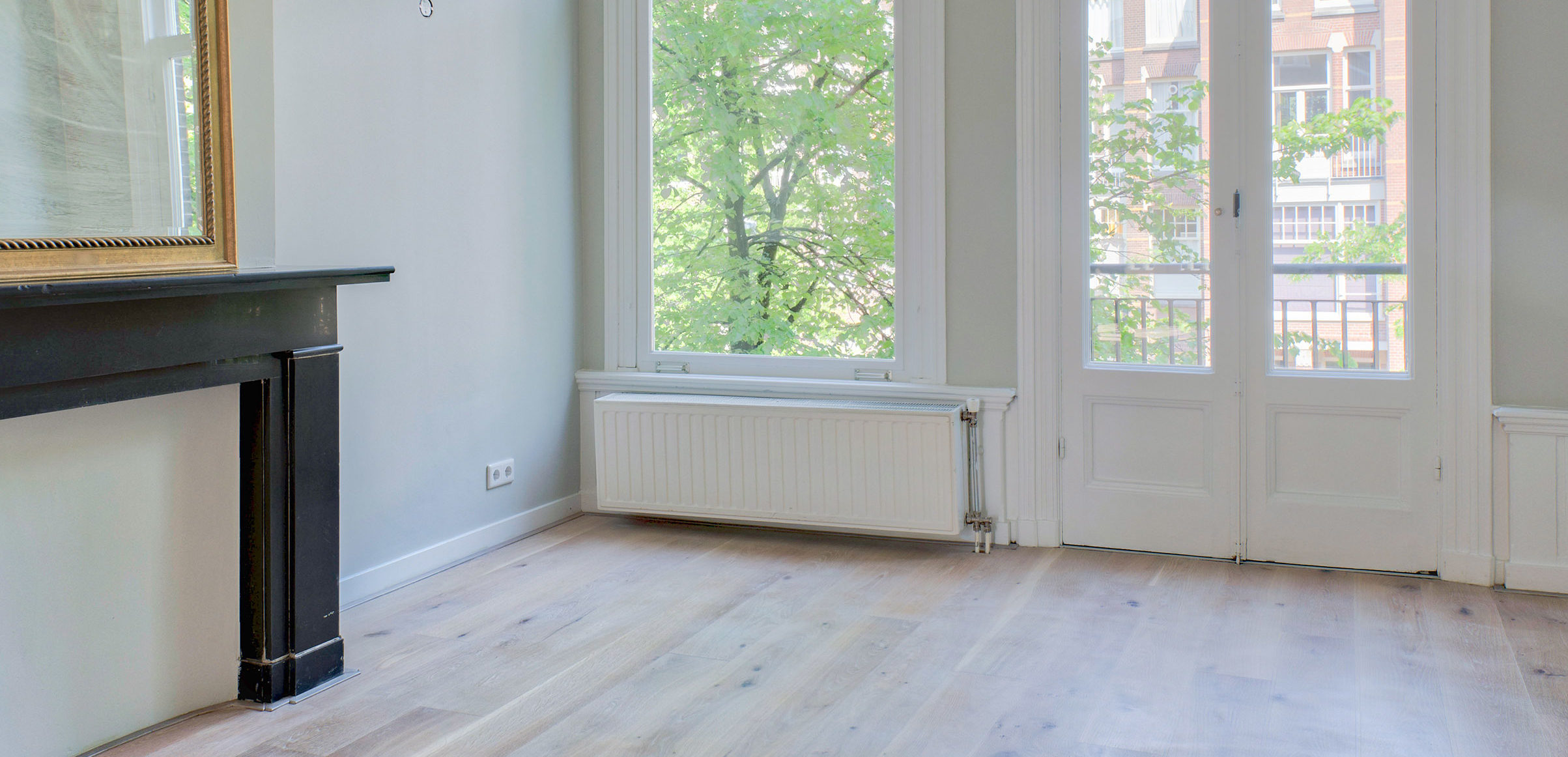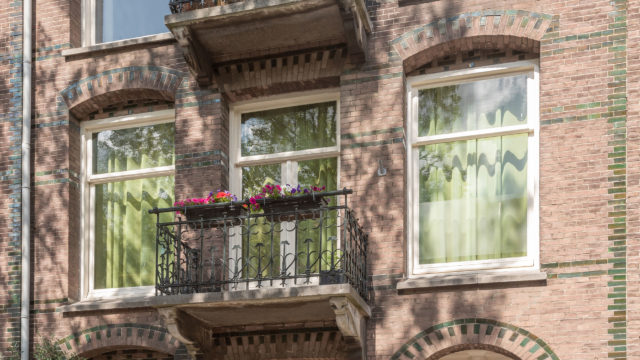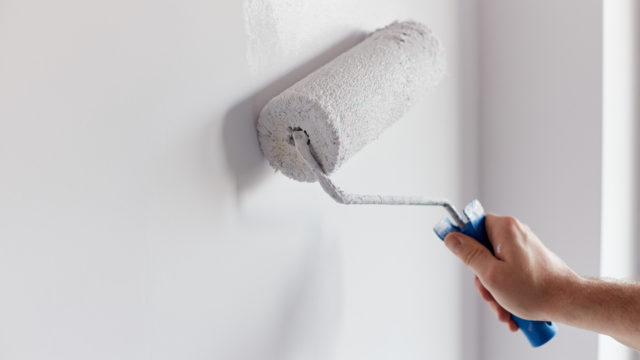Painting a radiator, how do you do that?

Painting a radiator: the right preparation
Painting a radiator is not an easy job. Which paint to use? How do you remove rust spots on the radiator? These questions make it difficult for people to do the job themselves. Naturally, we are more than willing to do this job for you. With our phased plan we make our working method comprehensible to you.
Before starting the work it is important that the radiator has cooled completely. To prevent paint splashes, it is of course useful to cover the floor and wall with cover foil. Also the thermostatic valves and pipes should not be forgotten. You can also choose to disconnect the radiators so that they can be painted in the shed or outdoors. This of course takes more time and is not necessary if everything is well taped.

Sanding and degreasing the radiator
Subsequently we clean the radiator thoroughly with water and a dash of ammonia or St. Marc. We do this in order to obtain a good adhesion for the paint layers. If there are rust spots on the radiator, these should be removed with a steel brush or sandpaper. After this we use an anti-corrosion primer to treat the rust spots. Be aware! If rust spots are not sufficiently removed and processed, they will be visible again after the new layer of paint has been applied.
The next step in treating the radiator is sanding. We sand the entire radiator lightly with sandpaper. Sanding creates very light scratches that allow the paint to adhere well. After sanding we remove the dust from the radiator with a brush.
Painting the radiator
Now the radiator is ready to be painted. You can choose to apply the paint with a spray tube or with a brush. With spraying there is a greater chance of droplet formation, but as professionals we know how to deal with that. Here we extensively describe the traditional way of painting. By using special radiator brushes we can also opt for painting your radiator in a traditional manner. We always apply at least two layers of paint and let each layer dry sufficiently. After each layer we sand it very lightly, after which we apply the next layer. For the best result, we apply the paint evenly and paint from top to bottom. After painting it is important to let the radiator dry thoroughly and not turn it on for at least 4 hours.
Now you know how we work and you can try it yourself. But of course we are also willing to do this job for you. Ask for a free quote or contact us.

